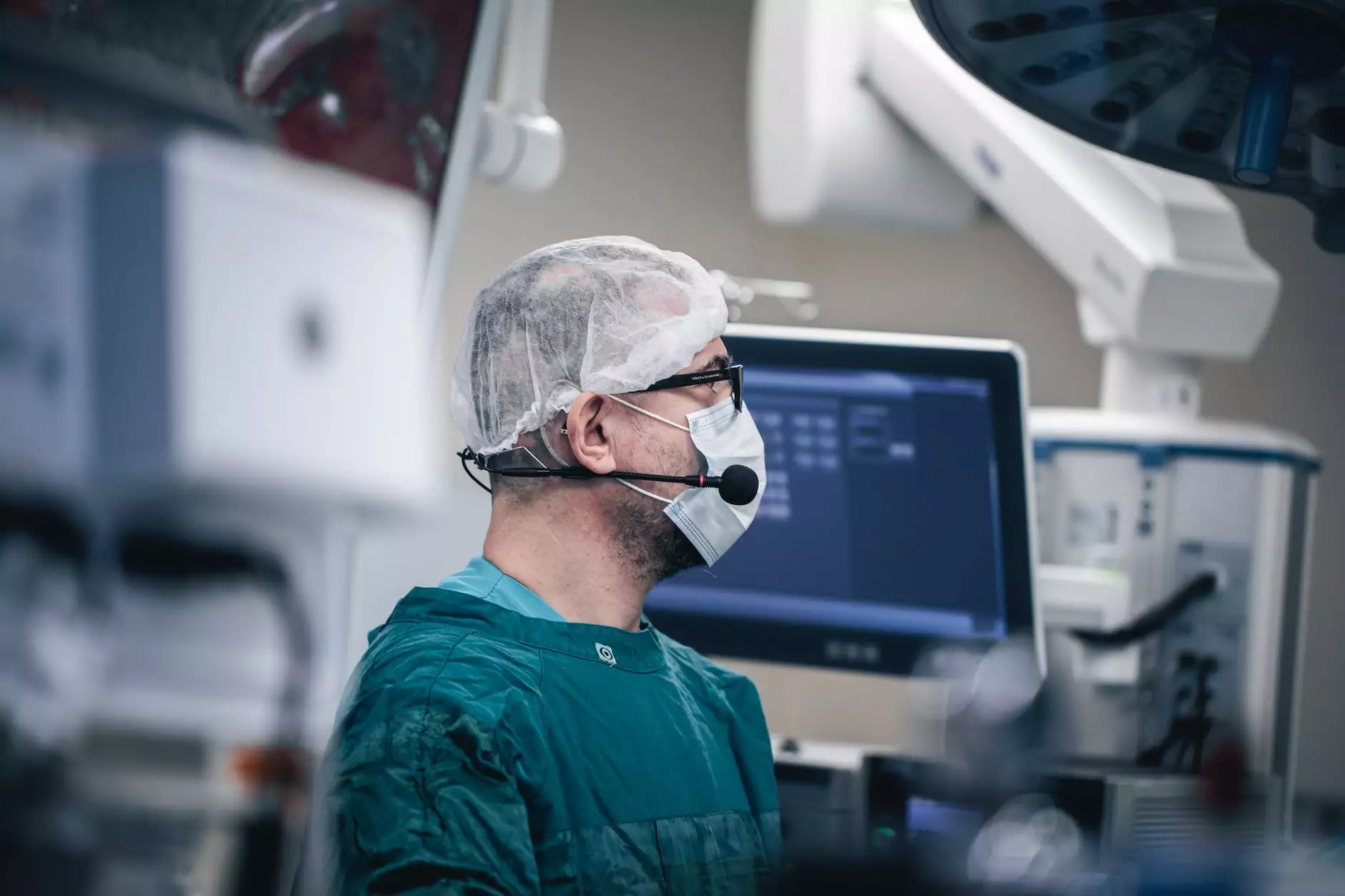Understanding Hysterectomy and Salpingo-Oophorectomy: Procedures, Benefits, and Aftercare

The female reproductive system is a complex and vital part of women's health. Among various medical procedures related to it, hysterectomy and salpingo-oophorectomy are significant surgical interventions that are often discussed but not fully understood. This article will delve into these procedures, elucidating their definitions, reasons for undergoing surgery, procedural details, benefits, and post-operative care, with a focus on empowering women with knowledge about their health choices.
What is a Hysterectomy?
A hysterectomy is a surgical procedure that involves the removal of the uterus. It can be performed for various reasons, including:
- Uterine Fibroids: Noncancerous growths that can lead to severe pain and heavy bleeding.
- Endometriosis: A condition where tissue similar to the lining of the uterus grows outside the uterus.
- Uterine Prolapse: A condition where the uterus slips down into the vaginal canal.
- Abnormal Uterine Bleeding: Heavy or prolonged bleeding that cannot be controlled by other treatments.
- Cancer: Especially when affecting the uterus, cervix, or ovaries.
What is a Salpingo-Oophorectomy?
A salpingo-oophorectomy is a surgery that involves the removal of one or both ovaries and the fallopian tubes. This procedure is often recommended in cases such as:
- Ovarian Cysts: Fluid-filled sacs that can cause pain, bloating, or other significant issues.
- Ovarian Cancer: A critical intervention when cancerous growths are detected.
- Endometriosis: To alleviate severe symptoms linked to this condition.
- Genetic Risk Factors: Women with BRCA1 or BRCA2 gene mutations may opt for this surgery to reduce their risk of breast and ovarian cancer.
Types of Hysterectomy and Salpingo-Oophorectomy Procedures
Both hysterectomy and salpingo-oophorectomy can be performed in several ways. Understanding the types can help patients discuss options with their healthcare providers:
Types of Hysterectomy
- Total Hysterectomy: Removal of the uterus and cervix.
- Partial (or Subtotal) Hysterectomy: Removes the uterus while leaving the cervix intact.
- Radical Hysterectomy: Involves the removal of the uterus, cervix, surrounding tissue, and possibly parts of the vagina and other organs.
Types of Salpingo-Oophorectomy
- Unilateral Salpingo-Oophorectomy: Removal of one ovary and one fallopian tube.
- Bilaterl Salpingo-Oophorectomy: Removal of both ovaries and both fallopian tubes.
Benefits of Hysterectomy and Salpingo-Oophorectomy
While these surgeries may seem daunting, they are associated with several benefits that can significantly enhance the quality of life for many women:
- Relief from Symptoms: Both procedures can alleviate severe pain, heavy bleeding, and other distressing symptoms that impact daily life.
- Risk Reduction: For women with a family history of reproductive cancers, these surgeries can drastically reduce the risk of developing such conditions.
- Improved Quality of Life: Patients often report improved wellbeing and a greater capacity to engage in physical activities after recovery.
- Management of Chronic Conditions: They provide definitive treatment for conditions such as endometriosis that may not respond to other treatments.
The Surgical Experience: What to Expect
Understanding the surgical process can alleviate some anxiety associated with these procedures. Here, we outline what to expect during a hysterectomy or salpingo-oophorectomy:
Pre-Operative Care
Before surgery, a thorough consultation with a healthcare provider is essential. This will involve:
- Medical History Review: Discussing prior health issues, medications, and family health history.
- Diagnostic Tests: Imaging studies and lab tests to assess the current condition of reproductive organs.
- Pre-Surgical Instructions: Guidance on medications, fasting, and caring for health before the procedure.
The Surgery
Surgical options may vary based on the type and extent of the procedure:
- Abdominal Surgery: Involves a larger incision and is often used for more extensive procedures.
- Laparoscopic Surgery: A minimally invasive approach with smaller incisions, leading to shorter recovery times.
- Robotic-Assisted Surgery: Utilizes advanced technology to enhance precision and recovery.
Post-Operative Care and Recovery
Post-surgery, the recovery phase is vital for ensuring a successful outcome:
What to Expect After Surgery
- Pain Management: Medications may be prescribed to help manage discomfort.
- Activity Restrictions: Patients are typically advised to avoid strenuous activities for several weeks.
- Follow-Up Appointments: Regular check-ups to monitor recovery and address any concerns.
Signs of Complications
While complications are rare, being aware of any unusual symptoms is essential:
- Severe Pain: Uncontrolled pain not relieved by medications.
- Fever or Chills: Indicating potential infection.
- Heavy Bleeding: More than usual, which could require immediate medical attention.
Long-Term Outlook and Emotional Considerations
Both hysterectomy and salpingo-oophorectomy lead to significant physical changes. It’s essential to prepare for adjustments post-surgery:
Emotional Impacts
Women may experience a range of emotions, including relief, anxiety, or sadness after such life-altering procedures. It’s crucial to foster:
- Open Communication: Discuss feelings with healthcare providers, friends, or family.
- Support Groups: Engaging with individuals who have had similar experiences can provide comfort and understanding.
- Counseling: Professional support may be beneficial for managing emotional responses.
The Importance of Regular Health Check-Ups
Post-surgery, maintaining regular check-ups is key to monitoring overall reproductive health. This can help in:
- Preventing Future Issues: Early detection of any potential health concerns.
- Maintaining Health: Ongoing discussions about health can foster better decision-making about preventive care.
Conclusion
In summary, understanding hysterectomy and salpingo-oophorectomy is crucial for women considering these surgeries. With proper knowledge, preparation, and post-operative care, these procedures can lead to remarkable improvements in quality of life. At drseckin.com, we advocate for comprehensive understanding and empowerment of women in managing their reproductive health, encouraging informed discussions with healthcare providers about any planned procedures.
Ultimately, every woman’s health journey is unique. Embrace your health decisions confidently, informed by reliable information and supportive networks!
hysterectomy salpingo-oophorectomy


